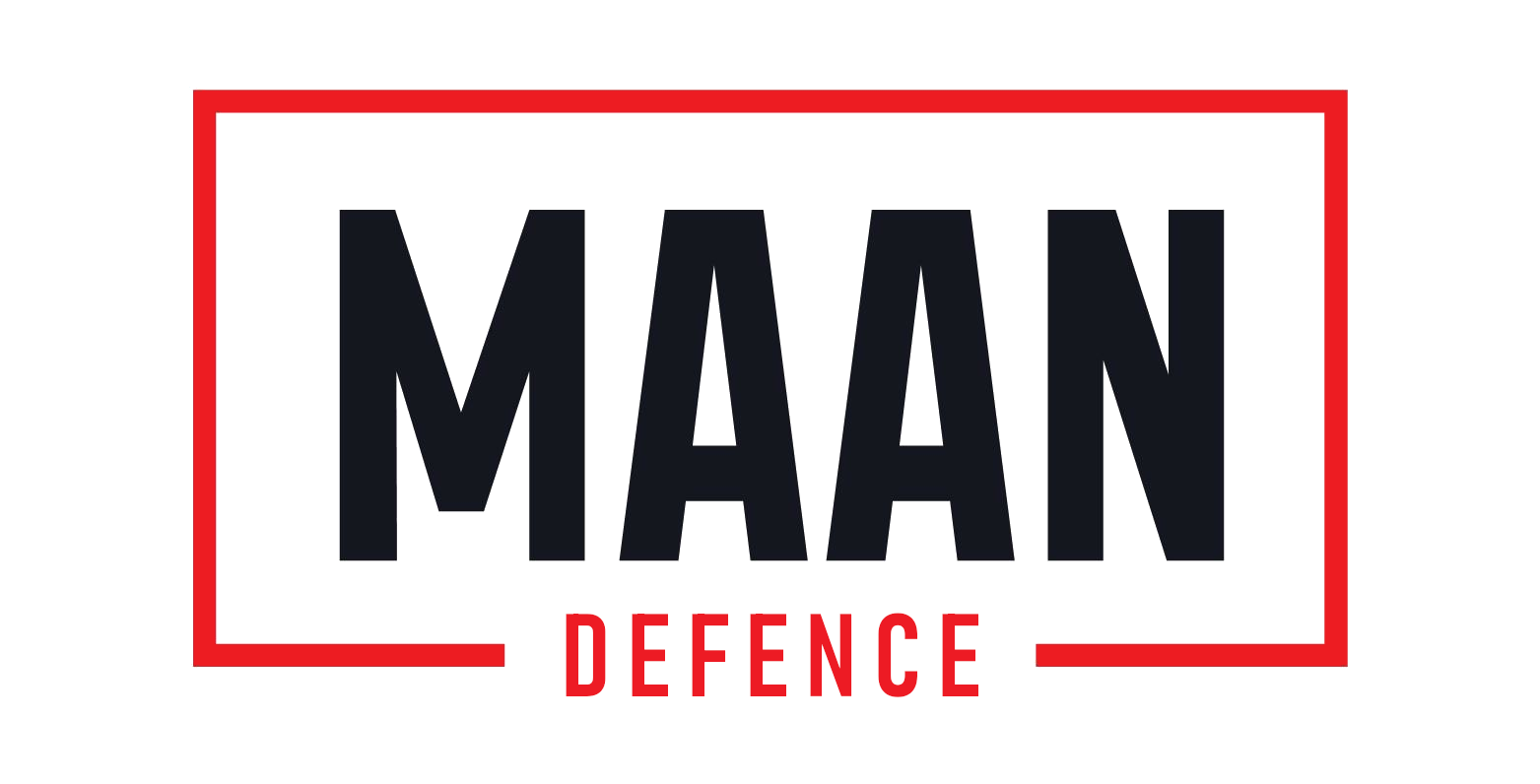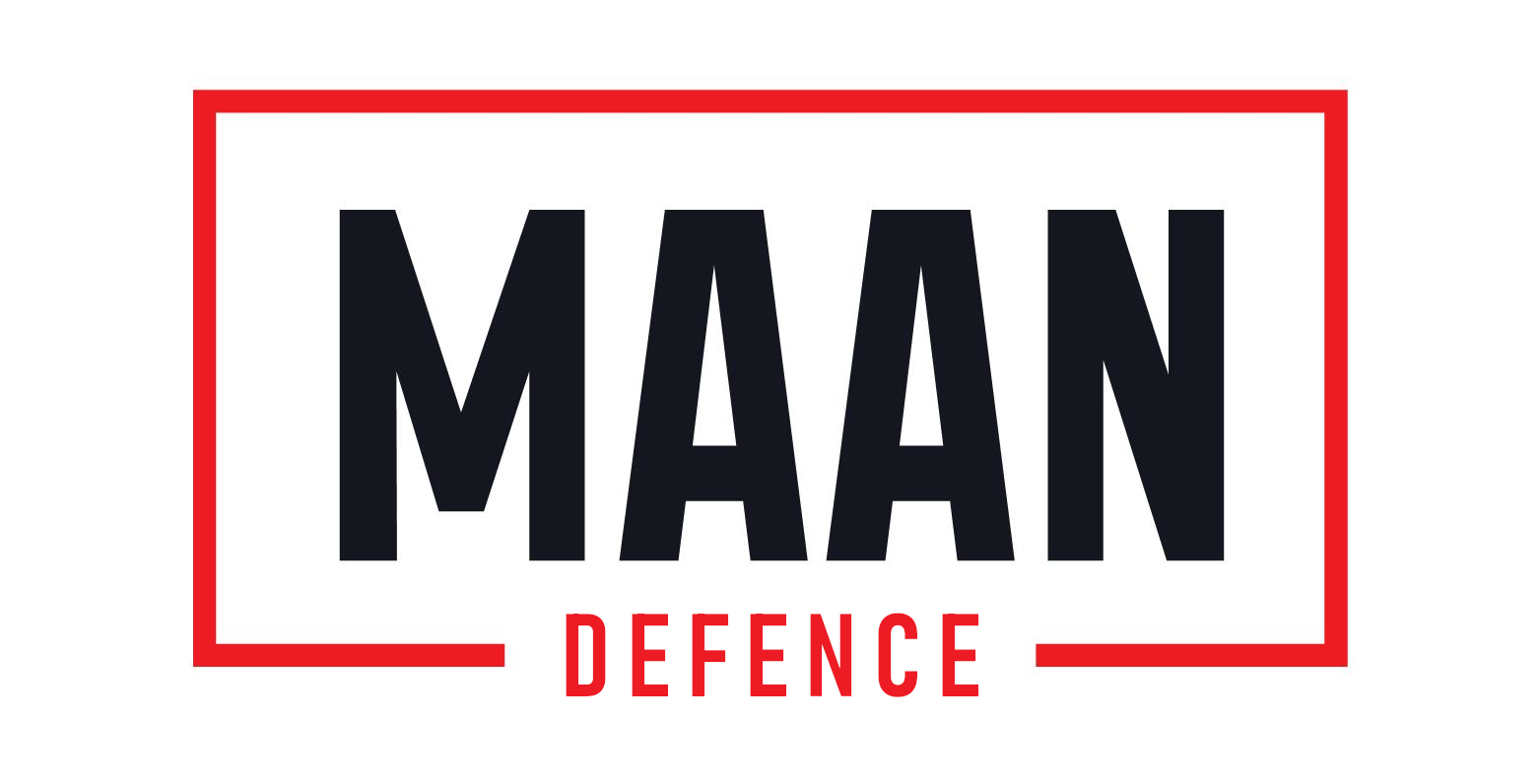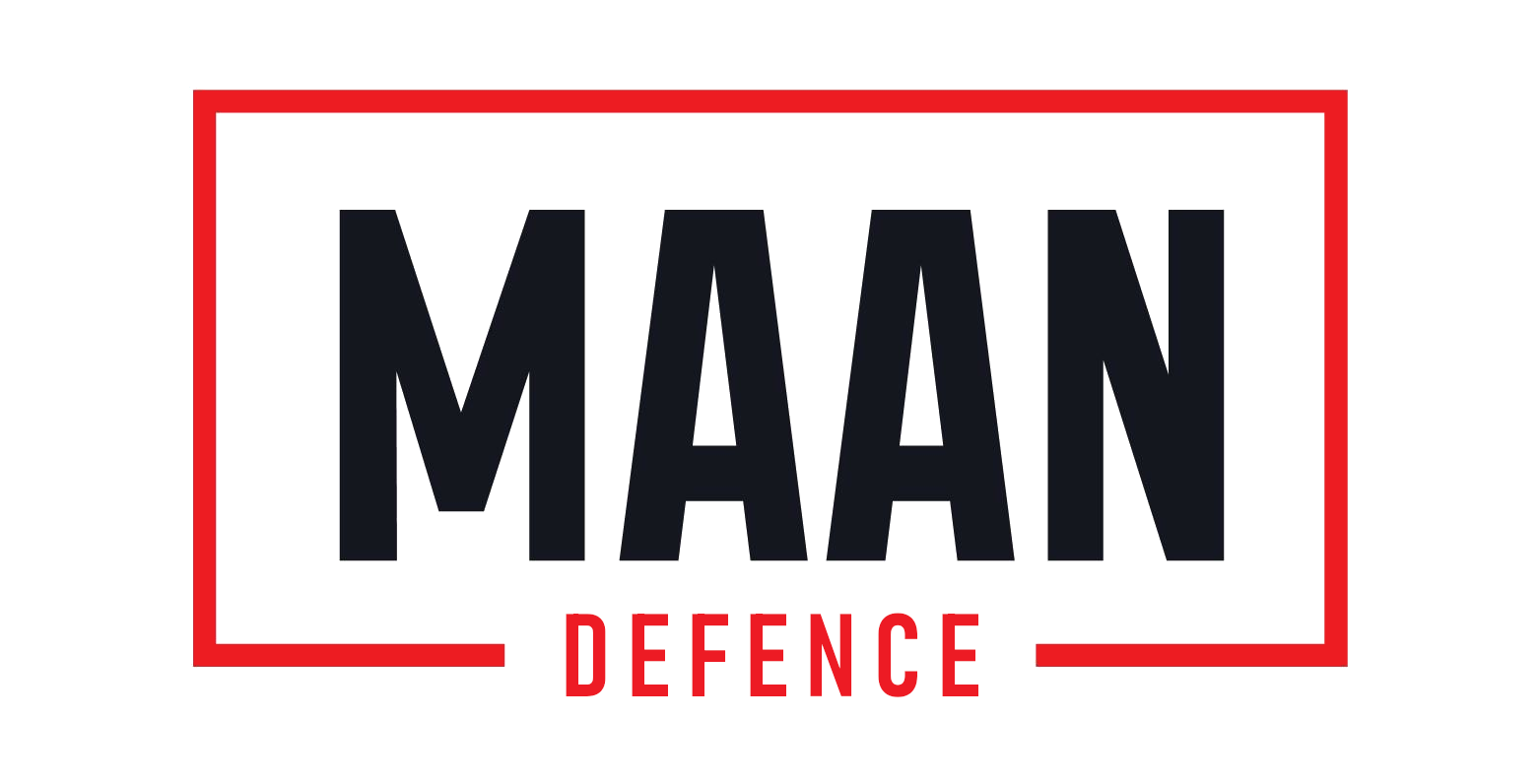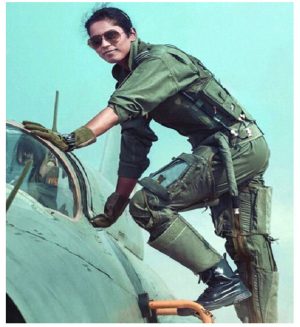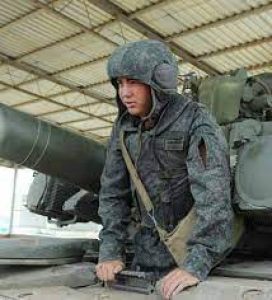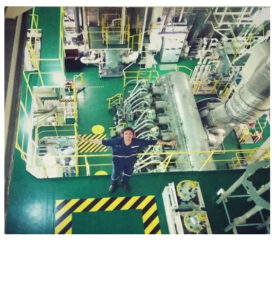For Tank crew
The coverall is designed for individual protection of military personnel included in the crews of the armoured personnel carriers, armoured vehicles, tanks, self-propelled artillery systems and other combat vehicles, from high temperatures and flame, and when using complete with the bulletproof vest provides the protection against shell and armour fragments, as well as against 9 mm pistol bullets. The coverall consists of a jacket and trousers designed as a whole. The top coverall includes sewed-in sleeves, a collar and a central zip fastener. The coverall is manufactured of incombustible meta-aramid fabric. The special properties of the fabric, both heat- and fire-resistance, are provided on the molecular level, this is why these properties remain the same during the whole period of use. The fabric has a unique feature of self-extinguish ability, which ensures the protection from the second and third degree burns. The Conex® fabric does not melt and produces no drips, has a low conductivity and stable antistatic properties. The structure of cloth ensures high breaking loads and increased wear resistance.
